Introduction
The construction industry generates enormous amounts of waste each year, including concrete, bricks, asphalt, wood, glass, and metals. This Construction and Demolition (C&D) waste accounts for a significant portion of global solid waste and poses major challenges for disposal and sustainability. Recycling C&D waste has become a priority worldwide as industries seek to minimize landfill use, recover valuable materials, and comply with strict environmental regulations. Vibrating screens are at the heart of modern C&D waste recycling systems, enabling efficient separation, classification, and processing of diverse materials. This article explores how vibrating screens drive efficiency and sustainability in C&D waste recycling.

The Importance of Recycling Construction and Demolition Waste
Recycling C&D waste is vital for reducing environmental impact, conserving resources, and lowering construction costs. Vibrating screens play a key role in this effort by:
- Separating Materials – Classifying waste into concrete, wood, metals, and plastics for targeted recycling.
- Enhancing Quality – Producing cleaner, size-controlled aggregates suitable for reuse in construction.
- Reducing Landfill Use – Diverting materials away from landfills and reducing environmental burden.
- Lowering Carbon Footprint – Supporting circular economy practices by turning waste into usable resources.
Without advanced screening technology, much of this material would end up as unmanaged waste, contributing to pollution and resource depletion.
Applications of Vibrating Screens in C&D Waste Recycling
Concrete and Asphalt Recycling
Vibrating screens separate crushed concrete and asphalt into specific sizes, allowing recovered aggregates to be reused in road construction, foundations, and new concrete production.
Metal Recovery
C&D waste often contains steel, aluminum, and copper. Vibrating screens classify mixed materials, improving the efficiency of downstream magnetic and eddy current separators for metal recovery.
Wood and Plastic Separation
Screens are used to separate wood chips, plastics, and composites from heavier materials. These recovered materials can be used for biomass energy, particleboard production, or plastic recycling.
Glass and Ceramic Sorting
Broken glass, tiles, and ceramics are separated into fine and coarse fractions. The clean output can be reused in new glass production or as aggregate substitutes.
Soil and Fine Particles Removal
During demolition, soil and dust often mix with waste. Vibrating screens efficiently remove fines, leaving behind cleaner fractions for recycling.
Benefits of Vibrating Screens for C&D Waste Recyclers
- High Efficiency – Rapid processing of large volumes of mixed material.
- Versatility – Suitable for a wide range of materials, from heavy concrete to lightweight plastics.
- Scalability – Adaptable for both small recycling plants and large industrial operations.
- Cost Savings – Increases material recovery and reduces landfill fees.
- Improved Safety – Automated screening reduces manual sorting, minimizing worker risks.
- Sustainability – Supports circular construction practices and reduces environmental impact.

Key Considerations When Choosing Vibrating Screens for C&D Waste
- Screen Size and Mesh: Determines particle size separation and product quality.
- Capacity: Must handle large volumes typical in demolition projects.
- Durability: Screens should be built from abrasion-resistant materials to withstand heavy and sharp waste.
- Multi-Deck Configurations: Allow simultaneous separation into multiple fractions.
- Mobility: Portable vibrating screens can be moved directly to demolition sites.
- Dust Control: Enclosed or dust-suppressed systems improve worker safety and environmental compliance.
Technological Innovations in Vibrating Screens for C&D Recycling
- Mobile Screening Units – Provide on-site recycling capabilities, reducing transport costs.
- Hybrid Power Systems – Combine diesel and electric power for energy efficiency.
- Smart Automation – Real-time monitoring and automated adjustments improve accuracy and reduce downtime.
- Self-Cleaning Meshes – Prevent clogging when processing sticky or wet demolition waste.
- Noise Reduction Designs – Improve working conditions in urban demolition sites.
Case Study: Vibrating Screens in a C&D Recycling Plant
A recycling facility in Europe integrated advanced vibrating screens to process mixed demolition debris. The system separated concrete, metals, and plastics into distinct streams. Clean aggregates were reused in road construction, while metals were sold to smelters. As a result, the plant achieved a 90% diversion rate from landfill, significantly reducing waste disposal costs and improving profitability.

Future Outlook: Vibrating Screens and the Circular Construction Economy
As global construction activity increases, the demand for sustainable waste management will grow. Vibrating screens will continue to be central to C&D recycling by:
- Increasing recovery rates of reusable materials.
- Supporting green building certifications like LEED and BREEAM.
- Enabling closed-loop construction practices where old materials are transformed into new ones.
- Reducing carbon emissions by minimizing raw material extraction.
Conclusion
Construction and demolition waste recycling is critical for building a sustainable future. Vibrating screens provide the efficiency, versatility, and reliability required to transform mixed debris into valuable resources. By enabling effective separation of concrete, metals, wood, plastics, and glass, vibrating screens reduce landfill dependence and support the circular economy.
For recyclers and construction companies, investing in advanced vibrating screen technology means not only meeting regulatory requirements but also unlocking new revenue streams, reducing costs, and contributing to a greener planet.
